When was the last time you went out and shot some gorgeous landscapes? Recently, ages ago or never? I ask because sometimes if it's been a while you may have secretly given up. Now, why would I insinuate something so presumptuous? Well, often times when something proves difficult, we can have the inclination to give it a try and if it doesn't work out quite right, leave to rest. Most photographers know that landscapes are some of the hardest, most painstaking, challenging, gruelling, time-sapping, patience-testing areas of photography… ever! So let's ease you in with some simple, hand-selected hints.
Start creating breathtaking works of landscape photography art…
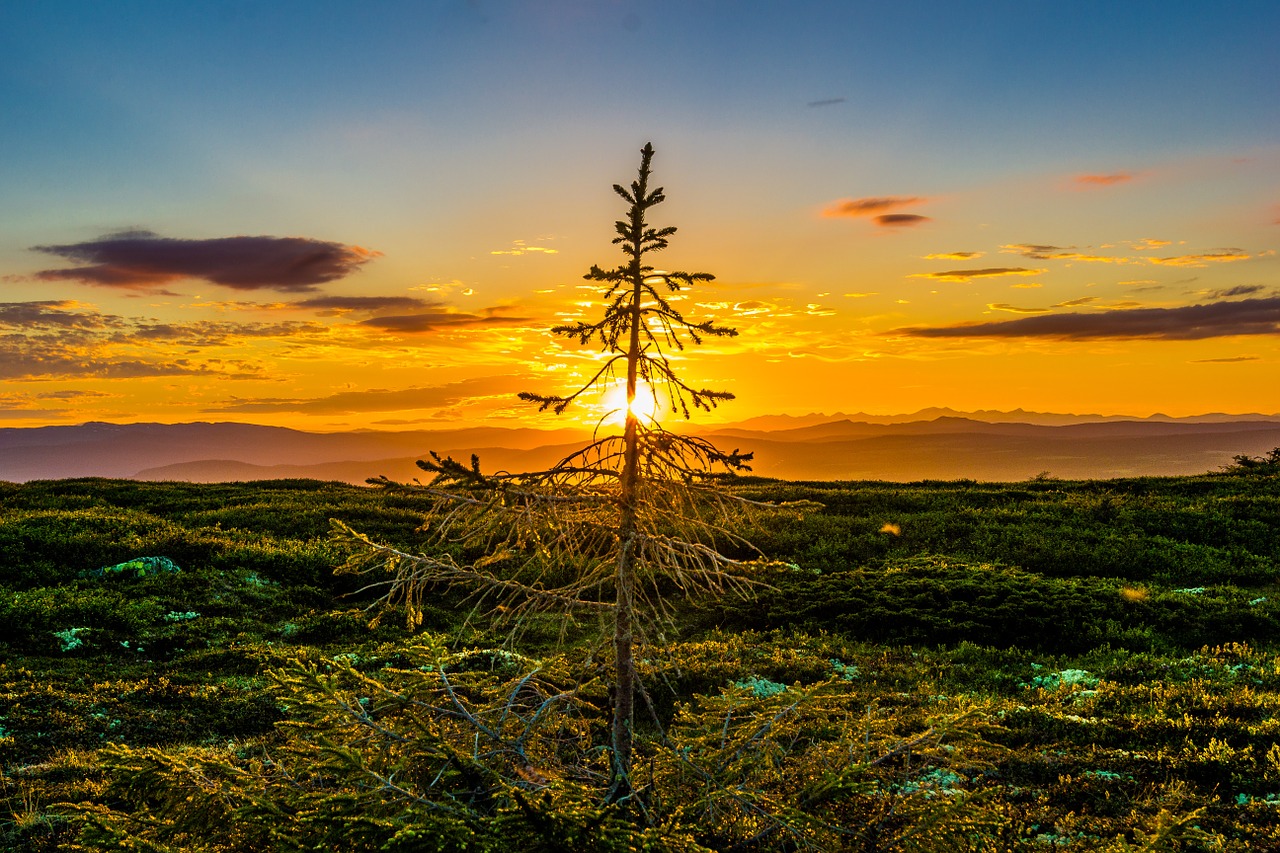
Photographing Beautiful Landscapes Is A Dream
As humans, there wouldn’t be many people who wouldn't appreciate the beauty of a natural landscape and as photographers, we try and capture the presence of nature before a moment is lost.
Landscapes may or may not change with time, but each day it never fails to amaze us with a different mood or feel. Nature puts up its own drama from time to time!
Let's look at the sort of things a landscape photographer would tell you about how they understand and capture the surreal beauty of nature.
4 Landscape Photography Tips Any Pro Should Tell You…
When it comes to shooting landscape photography, some photographers, especially beginner landscape photographers, are sometimes worried about the fact their photo looks nothing like what they actually witnessed on location.
There are various factors that need to be taken into account when shooting landscapes outside for example:
- The time of the day,
- Your gear,
- Exposure times,
- Compositions,
- Perspectives, and finally
- The post processing part that lets the photographer bring to life what they witnessed.
Here are some tips on creating stunning landscape photography. These will for sure come in handy the next time you get out there to photograph a landscape.
1. Depth Of Field
Some of you may get a bit creative with those shallow depth of fields while shooting landscapes, but, with landscapes, you need as much of the scene in the frame to be in focus. Hence you need to go for a smaller aperture. That is the beauty of a landscape photograph.
Since a smaller aperture allows much less light to fall on your camera sensor, you will need to compensate for that by either increasing your ISO or shutter speed or both depending on the light naturally available.
This leads you to this quick tip – “Always carry a tripod” and carry a “wired or wireless shutter release” for shooting landscapes as you need to make sure that there is no camera movement during the entire exposure process.
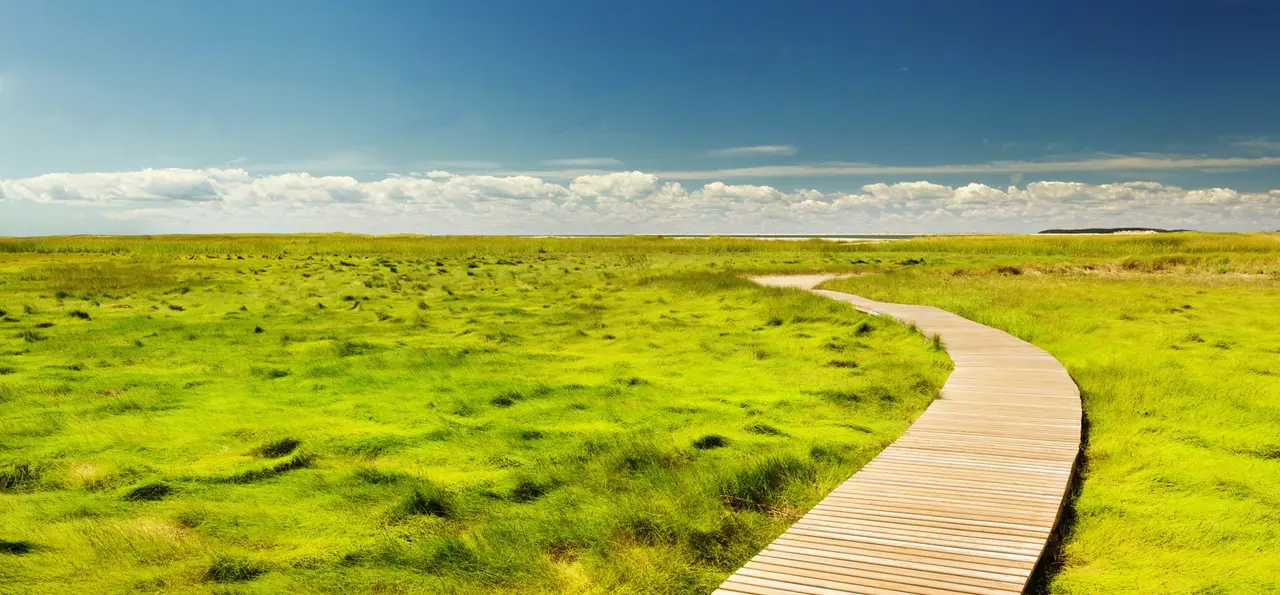
2. Placing The Horizon
Whatever is the type of landscape you shoot, it needs to be interesting to the viewer.
Most natural landscapes (unless it is an aerial shot captured top down) will have the sky as an element. There are times when the weather can disappoint us with those bland boring skies. Don’t give up.
Look for interesting foreground elements and include them for the most part of the image by having the sky only in the upper third of your shot.
On the other hand, if the sky puts up an interesting drama, with beautiful colors and clouds, take it to your advantage and place the horizon in the lower third of the frame.
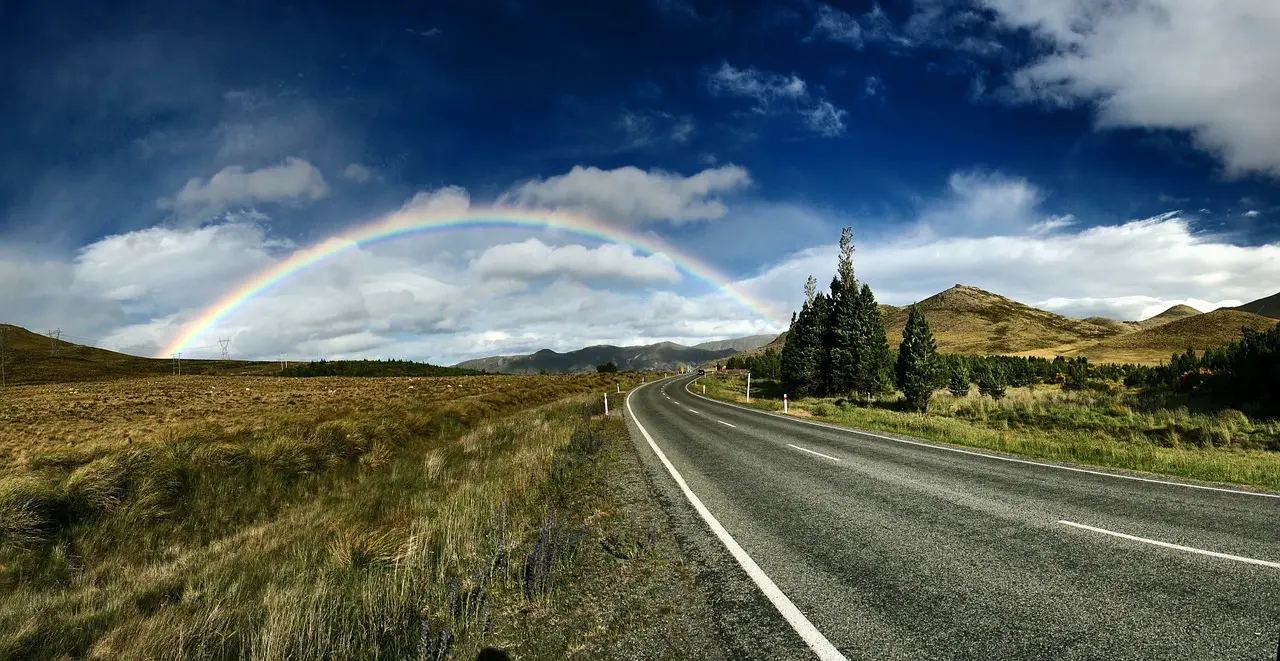
3. Capture The Movement
Most landscape images are supposed to bring in that serene and calm feeling to the viewers’ mind.
However, not all landscapes are still, especially when they have elements like the clouds, water or trees moving.
The best solution to capture these movements in an image to make it look more interesting is, to use a long shutter speed. This can be accomplished using a very small aperture or by using a Neutral Density Filter.
Don't forget the tripod and the remote shutter release when shooting landscape photography!
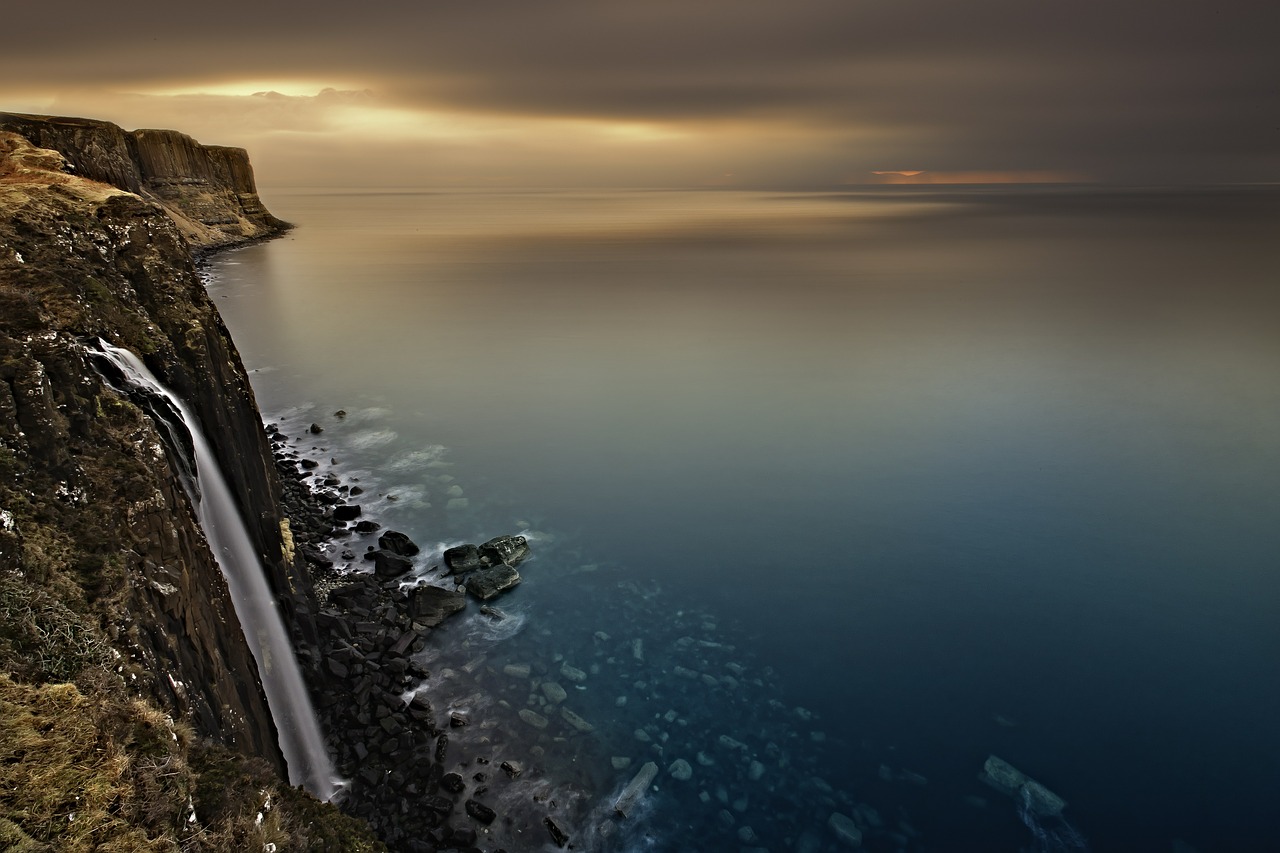
4. Time Of Day
The best time to shoot landscapes would be the golden hours (dawn and dusk).
Why? The light is beautiful, the sky presents itself with some gorgeous and dramatic colors and the light hits the landscapes at an angle creating interesting shadows, patterns and textures.
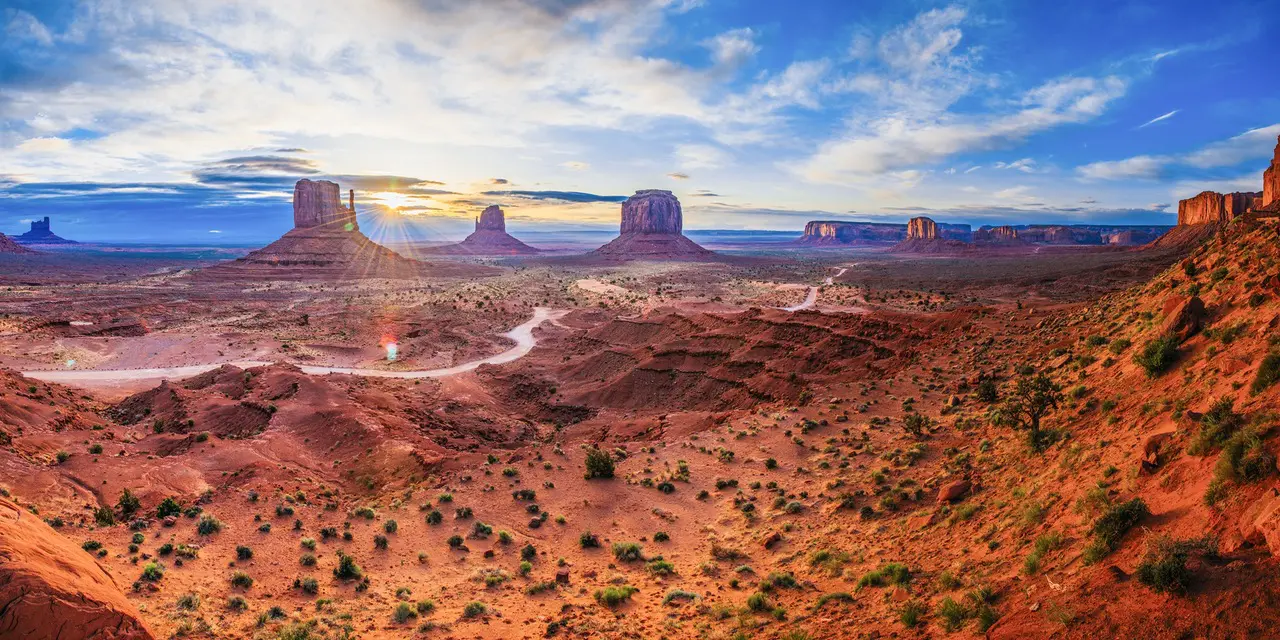
What Else Can Possibly Make Landscape Photography More Interesting..?
Post Processing For Landscape Photography (Including Photoshop Tips And Lightroom Tips)
Now to the final part! Fine tune that masterpiece you just created. Always shoot in raw as it helps you to work well with landscapes.
The greater dynamic range will allow you to manage the shadows and highlights. Lightroom is a landscape photographer’s best friend when it comes to post processing, so try and make the best use of this software.
Our Photoshop tips for Landscape Photography article is also well worth a read to help your core post-production skills as is our article on Lightroom Workflow Tips for Landscape Photography article.
Some Important Tools And Sliders Landscape Photographers Play Around With
• Straighten any tilted horizon using the “Crop” tool and make use of the “Graduated filter” to adjust any specific parts of the image.
• Fix any distortions that may be present using the “Lens Correction” tab
• Use the “Basic” adjustment panel to control the exposure, contrast, white balance and others basic sliders. To bring out any textures in the image, use the “Clarity” slider (use this only if necessary). Make sure that you keep the vibrance and saturation under 20.
• Use the “Detail” tab to work on the sharpness of the image. (Be sure to look at our sharp landscape photography article to cover other methods in more detail).
• Make best use of the “Tone Curve” to control the light and dark regions in the image.
• Use the HSL tab to adjust the colors of different elements in your image. Be careful to not overdo the colors.
• Finally add a little bit of “Vignette” if necessary, as in some images it can draw the viewer’s attention into the image.
• As a general rule, do not over process the image. Post processing must be done to bring in the natural details of the images and to recover information that are not visible in RAW.
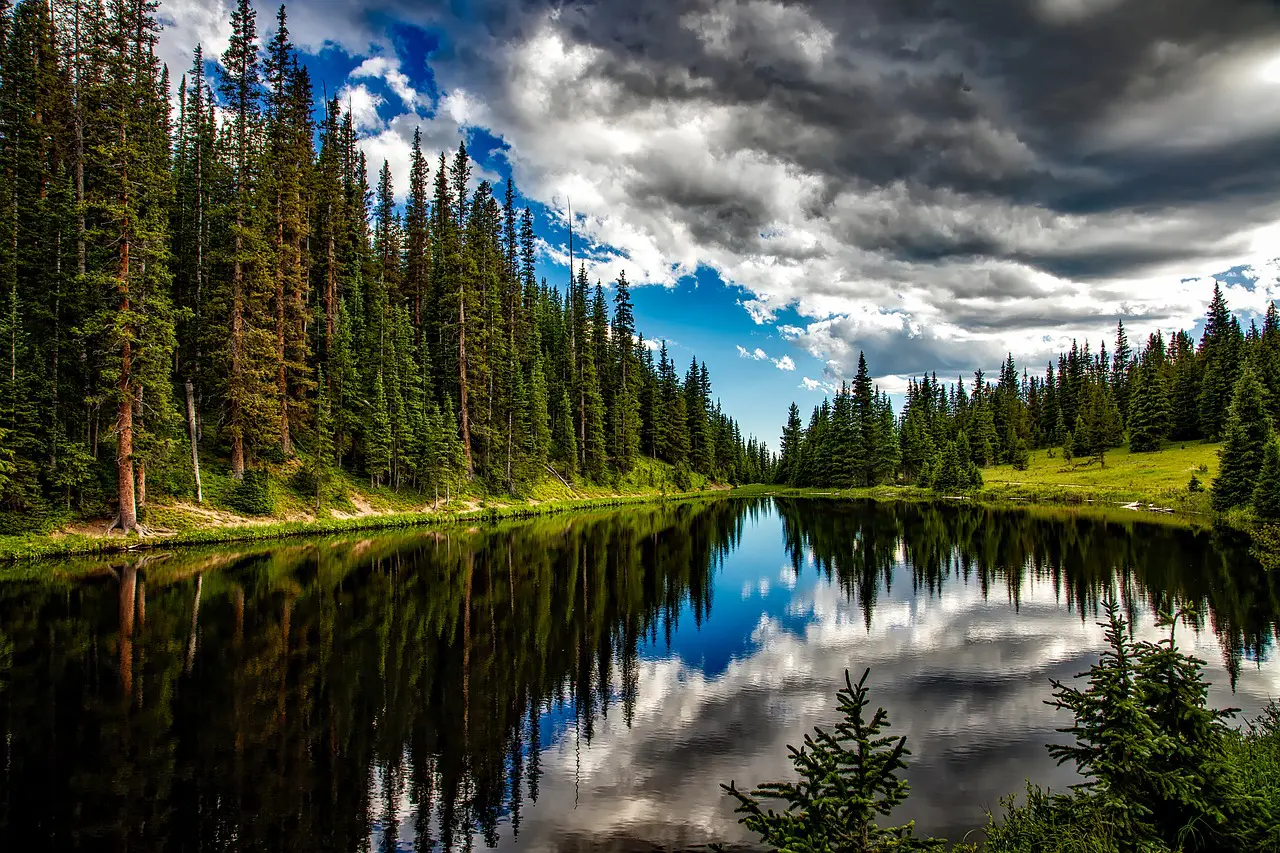
7 Quick Tips
- Always get the horizon straight, unless you had to have it tilted for compositional purposes. And not to forget, get the horizon on the upper or lower third of the frame!
- Do your homework; look for visually compelling locations, viewpoints and the right season to visit the locations so they look the best. Check the weather forecast for the day and sunrise / sunset times!
- Research the location and draw compositional ideas in your mind beforehand if possible. You do not want to shoot a frame that has been shot by hundreds and thousands of other photographers.
- Landscape photograph doesn’t necessarily have to be wide angle. Try different focal lengths.
- Don’t run away from cold, wet and stormy weathers. While it can be challenging, they can contribute to some of the most dramatic photos ever captured. Make sure you protect yourself and your gear from the bad weather.
- Try different viewpoints and different subjects like forests, plains, prairies, deserts, mountains, sea coasts and waterscapes.
- Keep the frame simple (clutter-free) with interesting elements in the foreground, middle ground and background to create that depth.
That's a whole heap of tips there for you – so now, you don't even need to pester a landscape photographer because you've just gone and got yourself all clued up!
Beginners' Landscape Photography Tips
Now if any of these ideas seem a little vague or too advanced for you, we strongly suggest that you take a look at our beginners' landscape photography tips article that spells out similar ideas in much simpler terms and also our Surefire Tips for Getting Started in Landscape Photography article. They will have you on the path to landscape keepers very quickly.
Our Bite Size Tip on Landscape Photography to Impress People will also be of interest to beginners and more advanced shooters alike.
Another Landscape Photography Checklist
If you have read this far, this Landscape Photography Checklist will also be of interest to you. Having a series of things to check off to maximise your chances of getting a keeper is always a handy thing.
Further Landscape Photography Resources:
- Landscape Photography by Light Stalking
- Landscape Photography Tutorial by Adam Karnacz
- Landscape Photography Tips by National Geographic (Robert Caputo)


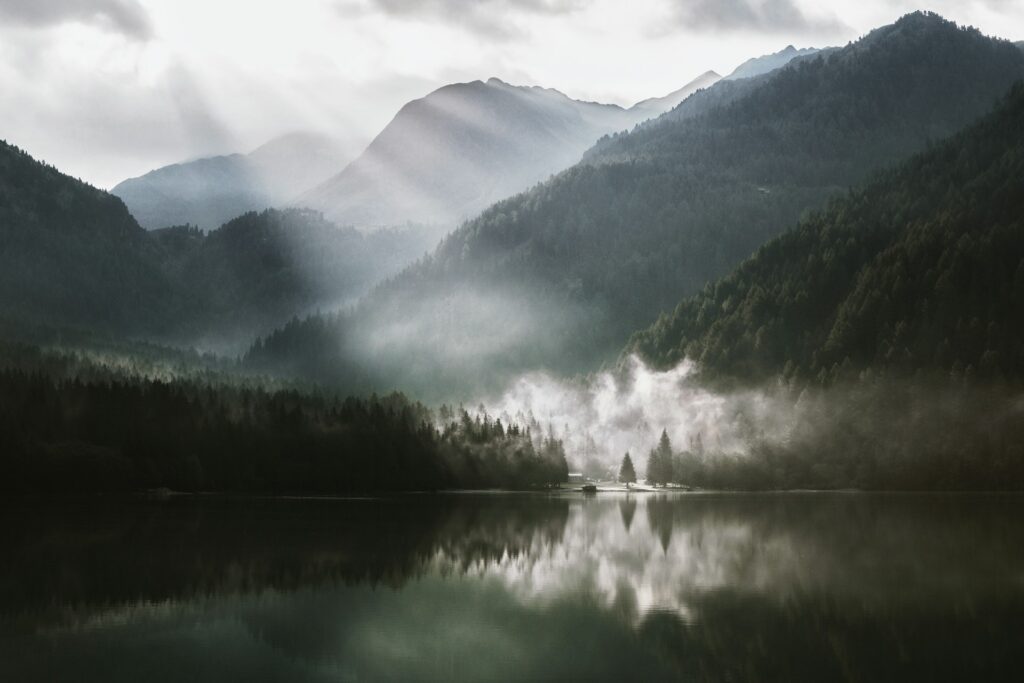
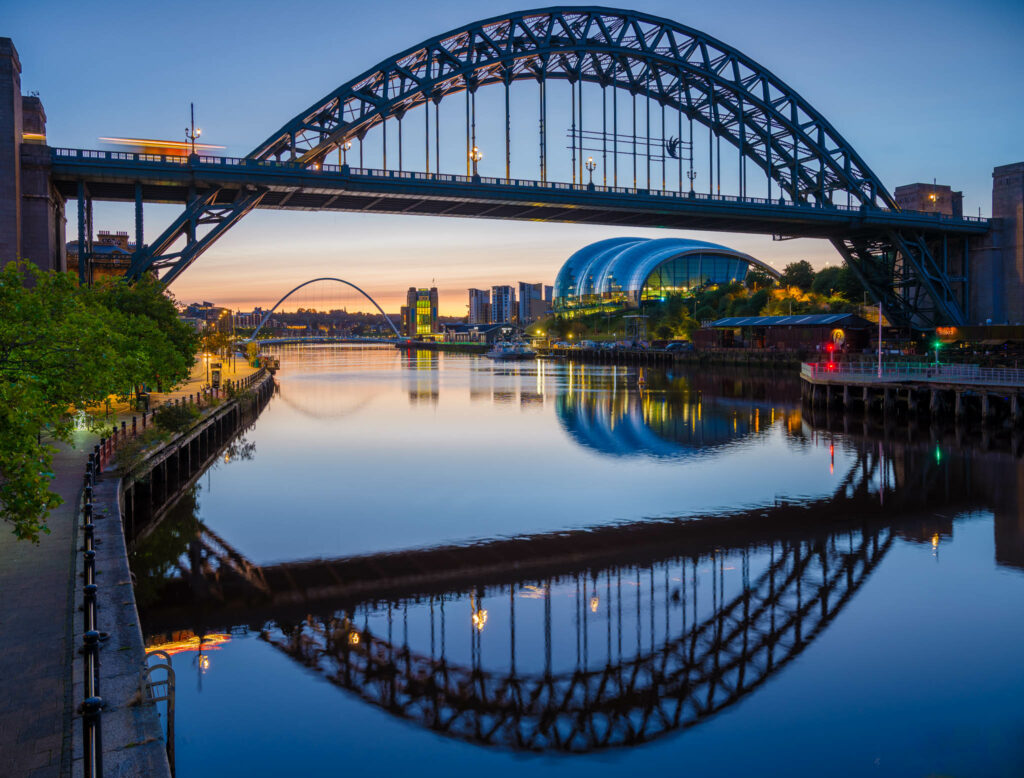
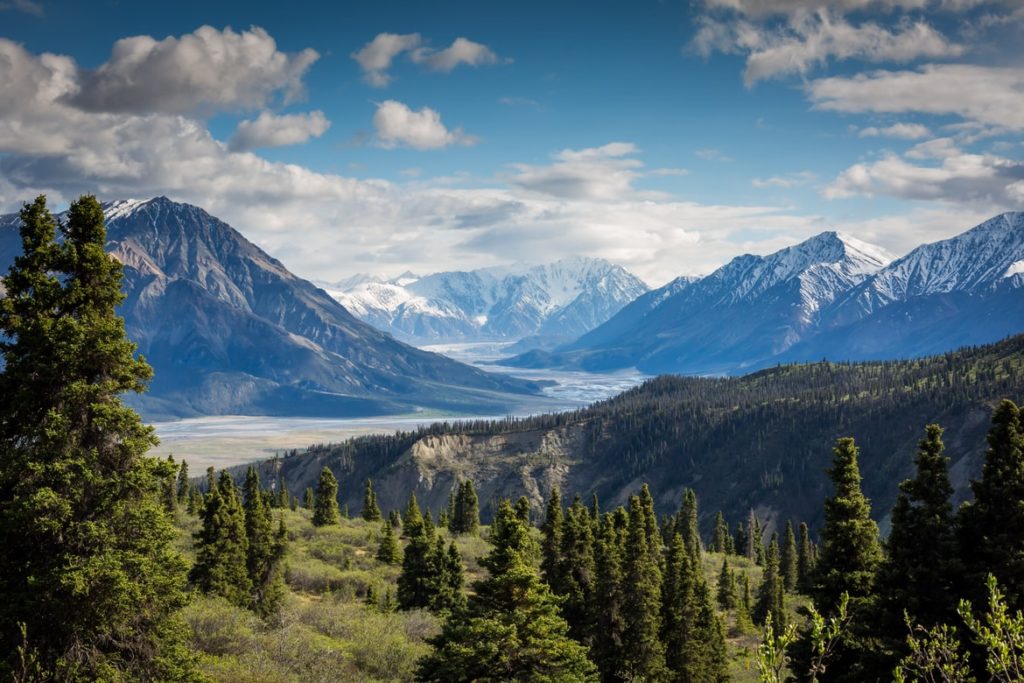
2 Comments
Great article..love your tips.
Awesome tips. I am sure I will test that next week when I am planning to go for shooting.
Thanks for sharing